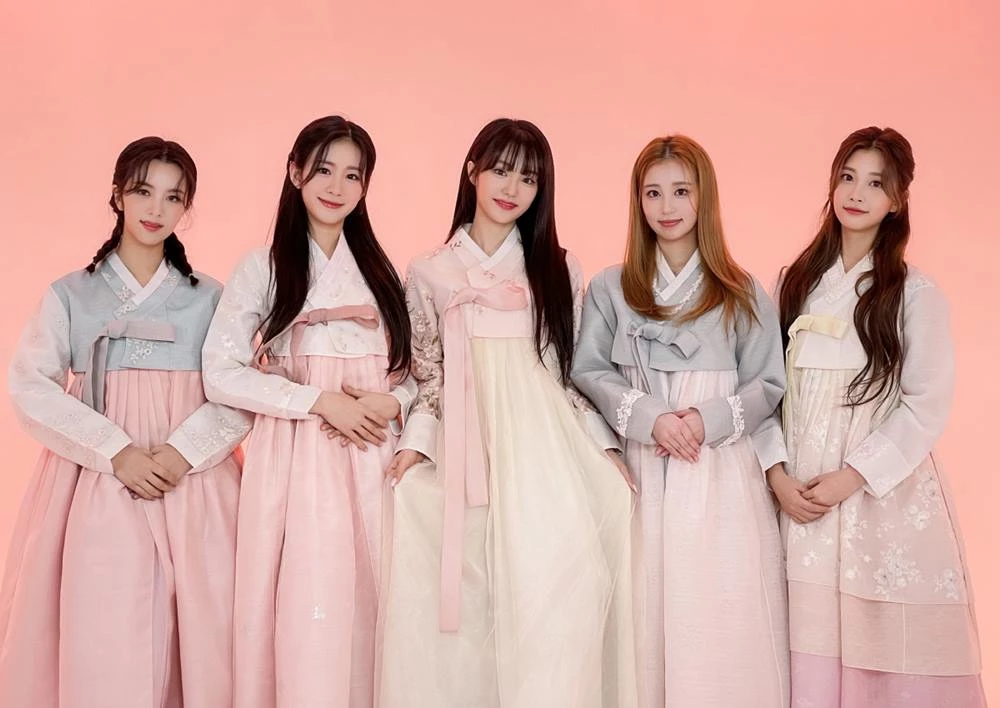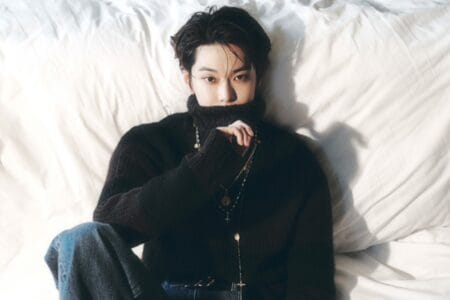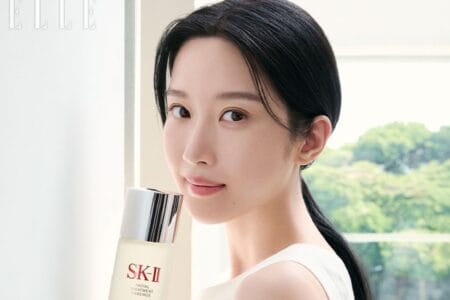In 2025, Korea continues to set global fashion trends—not just by looking forward, but also by looking back. One of the most beautiful and unique aspects of Korean style is how effortlessly it blends heritage and innovation.
This isn’t cosplay. This is cultural evolution: where centuries-old traditions like the hanbok meet runway cuts, streetwear vibes, and Gen Z boldness.
So, how do Koreans merge tradition and trend so seamlessly? Let’s explore the fashion magic behind this cultural fusion.
🏯 1. The Hanbok Reinvented
Traditional Korean hanbok, once reserved for holidays and weddings, is now a modern style statement.
🔁 Modern hanbok designers reimagine:
Lighter fabrics for daily wear
Simplified silhouettes with streetwear appeal
Hanbok skirts (chima) paired with denim or crop tops
Jeogori (jackets) styled over tank tops or trousers
🔥 Who’s Wearing It?
K-pop idols like BTS, NewJeans, and Hwasa on stage
Celebrities at Paris Fashion Week
Young designers launching daily-wear hanbok lines
It’s heritage made wearable—graceful, gender-fluid, and uniquely Korean.
🖌️ 2. Traditional Patterns, Modern Cuts
Korean fashion brands often incorporate:
Dancheong (Korean temple color schemes)
Traditional knotwork (maedeup)
Embroidered motifs like cranes, tigers, and cherry blossoms
You’ll find these elements on:
Blazers, sneakers, and bags
Limited-edition streetwear
Jewelry inspired by Korean folklore
It’s not about nostalgia—it’s about elevating ancient beauty in a new form.
🧵 3. Fabric with History
Traditional Korean fabrics like ramie (mosi) and silk are being revived by eco-conscious brands.
🔄 How it’s used:
Lightweight, sustainable summer pieces
Textured layering in high-end minimalist designs
Breezy neutral-toned garments for all genders
Designers blend traditional weaving methods with modern tailoring to create pieces that feel both historic and fresh.
🧥 4. Cultural Statement Pieces
Whether it’s a satin collar, a knot-button closure, or a sash-style belt, Koreans often add one traditional element to elevate a modern outfit.
Examples:
A hanbok-style wrap blouse with jeans
Combat boots with a flowy hanbok skirt
Monochrome outfits topped with a silk jeogori
This isn’t fashion for fashion’s sake—it’s fashion with identity.
🎨 5. K-Drama Influence: Tradition Reimagined
K-Dramas have played a huge role in making fusion fashion cool.
Kingdom inspired historical-meets-modern menswear trends
Alchemy of Souls influenced ethereal, robe-like dress silhouettes
Mr. Sunshine popularized fusion uniforms and vintage Korean military styles
K-drama styling shows how history can be aspirational and cinematic, not just formal or old-fashioned.
🌏 6. Pride in Cultural Roots
Young Koreans see tradition not as something outdated, but as something worth preserving—stylishly.
This resurgence is about:
Cultural confidence
Reclaiming and remixing identity
Pushing Korean aesthetics onto global platforms
As Korean brands expand worldwide, they’re bringing their roots with them, and the world is loving it.
✨ Final Thought: Harmony in Contrast
Korean fashion’s secret is this: it doesn’t choose between past and present—it honors both. It proves that tradition isn’t static. It’s alive, fluid, and ready to walk side-by-side with innovation.
Whether it’s a modern hanbok lookbook or a streetwear drop with royal-era symbols, Korea’s fashion future is grounded in its rich, colorful past.
💬 Which modern-traditional Korean fashion piece would you love to wear? Tell us in the comments or tag @Koreathread to get featured in our next fusion fashion roundup!







